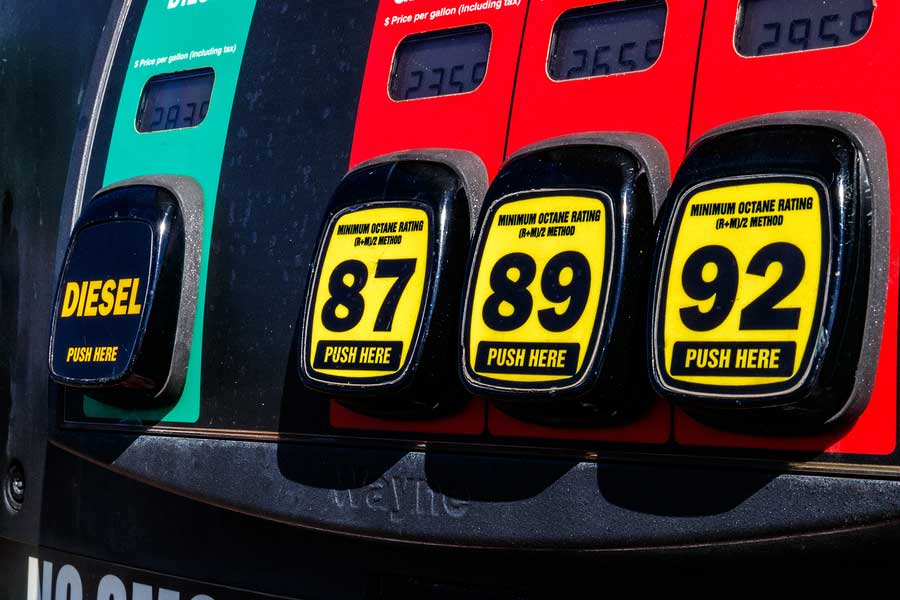Octane rating is among the things that are right in your face at the fuel pump – of course, not as much as the current market price. Higher octane fuel may not seem like a good idea, especially for folks trying to live on a budget.
But what does the octane rating mean, and which is the best for your vehicle?
The octane rating is the fuel’s ability to resist pings and knocks during combustion. Unleaded regular has a rating of 87, and mid-grade is between 88 and 90. Premium is the highest, with between 91 and 94, ideal for cars such as the Jaguar.
Which Octane Rating is Best?
High octane fuel is best for engines that rely on turbocharging, supercharging or with a higher compression ratio to power more air into the engine. In most cases, a high octane rating improves the performance and fuel economy of your Mercedes-Benz. It also reduces carbon dioxide emissions, especially when carrying heavy loads in simmering weather.
A lower octane rating can affect engine performance and damage the emissions control system over time. Most importantly, follow the directions of your vehicle’s manufacturer.
Will a Higher Octane Rating Improve the Performance of my Vehicle?
Unfortunately, a high octane fuel will not do much to improve the performance of an engine designed to run on regular gas. It’s best for cars designed to run on premium fuel. But that doesn’t mean your BMW cannot afford to run on regular unleaded, once in a while, when you only have a few bucks in your wallet.
The majority of the contemporary engines have inbuilt improved sensors to reduce premature ignition, whether you are using a premium fuel or not. But it doesn’t hurt to give your engine a hand by choosing a better octane rating. What do you think?




Recent Comments